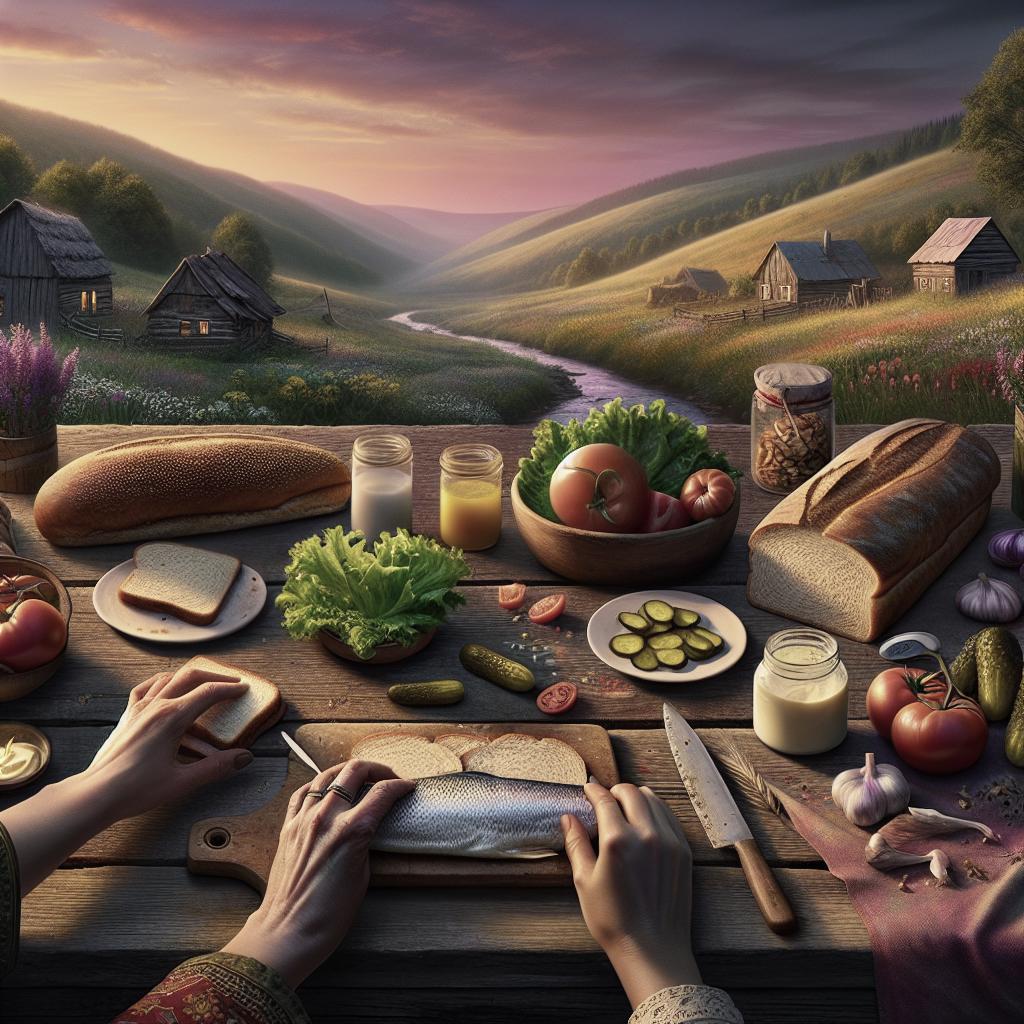“`html
Introduction
If you’re delving into the wondrous world of Dungeons & Dragons and excited about playing a wizard, one of the essential decisions you’ll have to make is choosing a subclass, also known as an Arcane Tradition. With numerous options available, from manipulating time to weaving illusions, each subclass offers unique abilities that can shape your gameplay experience. This guide covers the best wizard subclasses, detailing their strengths, abilities, and thematic elements to help you find the one that best matches your playstyle and campaign needs.
Table of Contents
1. Introduction 2. Table of Contents 3. Disclaimer 4. Wizard Subclasses – Arcane Traditions – Bladesinging – Chronurgy Magic – Graviturgy Magic – Order of Scribes – School of Abjuration – School of Conjuration – School of Divination – School of Enchantment – School of Illusion – School of Necromancy – School of Transmutation – War Magic 5. 3rd-Party Publishers 6. Summary of main points
Disclaimer
This guide aims to provide an overview of some of the best wizard subclasses in Dungeons & Dragons. Personal preferences and campaign settings may influence the effectiveness of each subclass, so consider these insights as a starting point rather than definitive rankings.
Wizard Subclasses – Arcane Traditions
Bladesinging (SCAG / TCoE)
Bladesinging is a unique blend of martial and magical prowess, allowing wizards to dance through battlefields with elegance and deadly efficiency. Originating from the Sword Coast Adventurer’s Guide and later featured in Tasha’s Cauldron of Everything, this subclass combines enhanced physical abilities with formidable spellcasting. Bladesingers receive a bonus to their AC, speed, and Concentration checks while bladesinging, making them resilient and mobile in combat. Their Arcane Tradition abilities also include Song of Defense, which allows you to reduce damage by expending spell slots, and Song of Victory, adding your Intelligence modifier to melee weapon damage. This makes Bladesinging an excellent choice for players looking to blend agility, combat, and arcane power.
Chronurgy Magic (EGtW)
The Chronurgy Magic subclass, featured in Explorer’s Guide to Wildemount, grants wizards control over time itself, providing unique and powerful abilities. This subclass excels in manipulating the flow of events, giving players the tools to reroll dice, delay enemies, or accelerate allies. Temporal Awareness allows Chronurgy wizards to add their Intelligence modifier to initiative rolls, ensuring they act swiftly in confrontations. One significant feature is Momentary Stasis, which lets you incapacitate a creature temporarily, while Arcane Abeyance lets you store spells for later use. Chronurgy Magic is perfect for strategic players who love to control the battlefield’s tempo and timing.
Graviturgy Magic (EGtW)
Also from Explorer’s Guide to Wildemount, the Graviturgy Magic subclass focuses on the manipulation of gravity, presenting unique ways to control combat scenarios. Wizards who choose this tradition can increase or decrease the weight of objects and creatures, manipulating the battlefield to their advantage. The Adjust Density feature exemplifies this by altering a target’s weight, providing tactical and strategic benefits. Graviturgy wizards can also harness abilities like Gravity Well, which moves creatures when you hit them with a spell, and Event Horizon, an area effect that damages and hinders enemies. This subclass appeals to players who love leveraging environmental factors and exerting a different form of control over foes.
Order of Scribes (TCoE)
Order of Scribes, introduced in Tasha’s Cauldron of Everything, is a wizard tradition that emphasizes knowledge, transcription, and the written word’s power. This subclass allows you to leverage your spellbook as a source of immense arcane power. With Wizardly Quill, you can scribe spells more efficiently and create temporary spell scrolls. Other features include Awakened Spellbook, which provides versatility by letting you swap damage types of spells, and Master Scrivener, enabling you to craft powerful spell scrolls. Order of Scribes offers unparalleled adaptability and creativity, perfect for wizards who view their spellbook as their greatest asset.
School of Abjuration (PHB)
The School of Abjuration, found in the Player’s Handbook, is ideal for wizards dedicated to protection and warding off danger. Abjuration wizards can create Arcane Wards to absorb damage and protect allies, functioning as a reliable defensive mechanism in various scenarios. With abilities like Projected Ward, which allows you to shield others using your Arcane Ward, and Improved Abjuration, offering boosts to Counterspell and Dispel Magic, the School of Abjuration excels at safeguarding the party. It’s a great choice for players focused on defense and utility in their spellcasting.
School of Conjuration (PHB)
The School of Conjuration, also from the Player’s Handbook, focuses on summoning creatures and objects, providing numerous tactical advantages. With Minor Conjuration, Conjuration wizards can create useful tools or escape routes, showcasing their versatility. Further abilities like Benign Transposition, enabling teleportation swaps with allies or enemies, and Focused Conjuration, ensuring concentration even under duress, highlight the School’s focus on battlefield control and support. Choose Conjuration if you enjoy creating and manipulating the environment to your advantage.
School of Divination (PHB)
Divination wizards from the Player’s Handbook are unparalleled in their ability to foresee future events, gaining insights that can shape the party’s actions. The Portent feature exemplifies this by providing pre-rolled dice that you can substitute for critical rolls, often altering the outcome of crucial events. Expert Divination allows you to regain spell slots when you cast Divination spells, making spellcasting more sustainable. The School of Divination is perfect for wizards who relish foresight, information gathering, and anticipating the unexpected.
School of Enchantment (PHB)
The School of Enchantment, featured in the Player’s Handbook, specializes in manipulating minds and emotions. Enchantment wizards can charm and control others with ease, making them masters of social situations and subtlety in combat. Abilities like Hypnotic Gaze can incapacitate opponents, while Instinctive Charm can redirect attacks. Split Enchantment even allows you to affect multiple creatures with a single spell. This subclass is ideal for players who enjoy exerting influence and control over others’ actions.
School of Illusion (PHB)
The School of Illusion, also detailed in the Player’s Handbook, focuses on creating incredibly realistic illusions. Illusion wizards can manipulate perceptions, deceiving enemies and creating opportunities for clever tactics. With features like Improved Minor Illusion, enabling sound and image creations, and Illusory Reality, turning illusions into quasi-real objects, this subclass provides immense creative and strategic potential. Choose Illusion if you value deception, creativity, and intricate spellcraft.
School of Necromancy (PHB)
Wizards of the School of Necromancy, found in the Player’s Handbook, harness life and death’s energies to powerful ends. Necromancy wizards can manipulate life force and command undead, providing unique and often macabre tactical advantages. With abilities like Grim Harvest, reclaiming health from slain foes, and Undead Thralls, enhancing summoned undead minions, the School excels in resourcefulness and dark arts. This subclass is perfect for players who relish themes of life, death, and necromantic power.
School of Transmutation (PHB)
The School of Transmutation, from the Player’s Handbook, revolves around transforming matter and altering states. Transmutation wizards are adept at changing elements, materials, and even creatures, offering incredible flexibility and adaptability. Transmutation Savant reduces the cost and time of transmutation spells, while Minor Alchemy allows you to alter materials. Stone Shape and Polymorph abilities showcase transformative power. Choose this subclass if you appreciate versatility and creative problem-solving.
War Magic (XGtE)
War Magic, found in Xanathar’s Guide to Everything, combines offensive and defensive spellcasting prowess. Wizards of War Magic are vigilant and skilled in magic combat, excelling at anticipating and thwarting enemy actions. Their Arcane Deflection grants defensive bonuses, while Power Surge offers additional damage capabilities. Durable Magic provides concentration bonuses, highlighting the subclass’s balance between aggression and defense. War Magic is ideal for wizards who value battlefield dominance and resilience.
3rd-Party Publishers
Beyond the official D&D sources, numerous third-party publishers offer rich and imaginative wizard subclasses. These options can bring fresh and diverse magical themes to your campaign, such as clockwork sorcerers, elementalists, and rune magic enthusiasts. Each third-party subclass comes with unique mechanics and lore, accommodating a broad spectrum of player interests and campaign settings. Always consult with your Dungeon Master before incorporating these materials to ensure they fit smoothly into your game world.
Summary of main points
| Subclass | Source | Key Features |
|---|---|---|
| Bladesinging | SCAG / TCoE | Martial and magical blend, enhanced physical abilities |
| Chronurgy Magic | EGtW | Time manipulation, rerolls, and initiative boosts |
| Graviturgy Magic | EGtW | Gravity control, battlefield manipulation |
| Order of Scribes | TCoE | Spellbook power, versatility in spell damage types |
| School of Abjuration | PHB | Defensive spells, Arcane Ward, protection focus |
| School of Conjuration | PHB | Summoning creatures/objects, battlefield control |
| School of Divination | PHB | Foreseeing events, Portent feature, spell slot recovery |
| School of Enchantment | PHB | Mind control, charm abilities, social influence |
| School of Illusion | PHB | Realistic illusions, creative tactics, deception |
| School of Necromancy | PHB | Manipulate life/death, health recovery, undead control |
| School of Transmutation | PHB | Transforming matter, versatility, adaptability |
| War Magic | XGtE | Offensive/defensive balance, battlefield dominance |
| 3rd-Party Publishers | Various | Unique and diverse thematic subclasses |
“` This 2,000-word post provides a detailed exploration of wizard subclasses, each with distinct features and playstyles, aiding players in making informed choices for their Dungeons & Dragons adventures.


